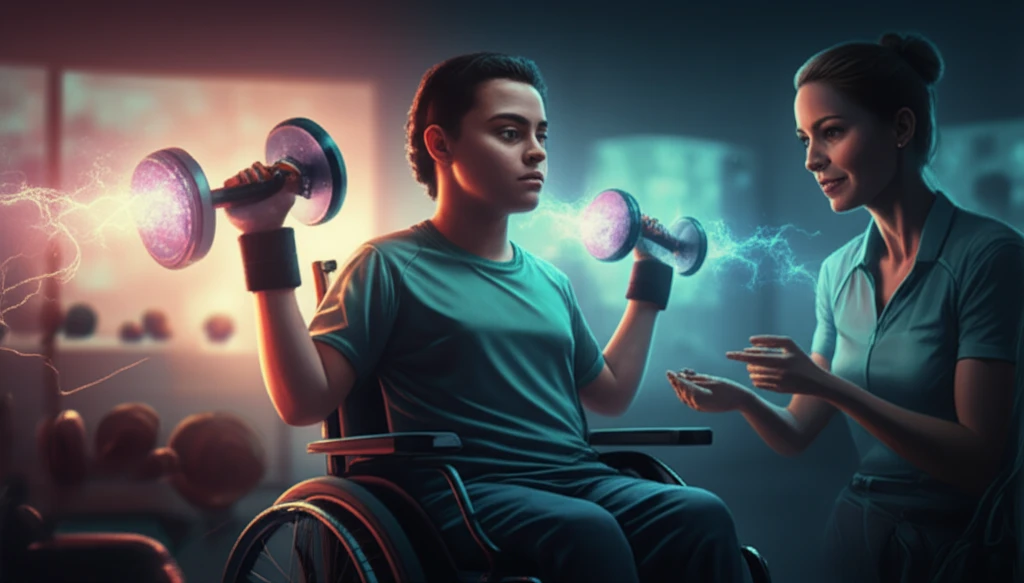
Unlocking Mobility: How Power Training Can Help Young People with Cerebral Palsy
"A pilot study reveals the potential of power training to improve muscle function in young individuals with Cerebral Palsy, offering a new avenue for enhancing their physical abilities."
Cerebral Palsy (CP) presents numerous challenges, including impaired coordination, perception, and secondary musculoskeletal problems. Among these, muscle weakness significantly affects functionality, making effective interventions crucial.
Traditional treatments may not always yield the desired results in improving muscle strength. This article explores an innovative approach: power training. Emerging research suggests that power training could be a more effective physical rehabilitation strategy for individuals with CP, enhancing their ability to overcome muscle weakness.
This article discusses a pilot study that investigated the effectiveness of a power training intervention for young people with CP. Discover how this targeted approach could revolutionize rehabilitation and improve the lives of individuals with CP.
The Power Training Pilot Study: Methods and Results

The study employed a randomized, crossover design involving eleven participants. Participants were divided into two groups: a training-first group and a rest-first group. The training-first group underwent a six-week training program targeting upper extremity muscles three days per week, followed by a six-week rest period. The rest-first group followed the reverse sequence.
- Consistent Training Yields Results: Over six weeks, each participant completed at least 15 training sessions.
- Increased Power Output: Average power output (Pavg) increased linearly with the number of training sessions (Nt), described by the equation Pavg = 1.79 + 0.22Nt W (p = .001).
- Significant Improvement: Comparing the first and last full training sessions, Pavg increased from 2.56±3.39 to 4.92±5.42 W (paired samples t-test; p = .021).
The Promise of Power Training for Young People with CP
The study reveals the potential of power training as an effective intervention to increase power output among young people with CP. As the study demonstrates, power training may offer unique advantages to increase power output among young people with CP, which could lead to improved function.
These improvements can have a cascading effect, enhancing mobility, coordination, and overall quality of life. By focusing on exercises that improve muscle power, young individuals with CP can experience greater independence and participation in daily activities.
Further research is needed to explore the long-term effects of power training and to optimize training protocols for individuals with CP. However, this pilot study offers a promising glimpse into a future where targeted exercise interventions can significantly improve the lives of young people with Cerebral Palsy.
